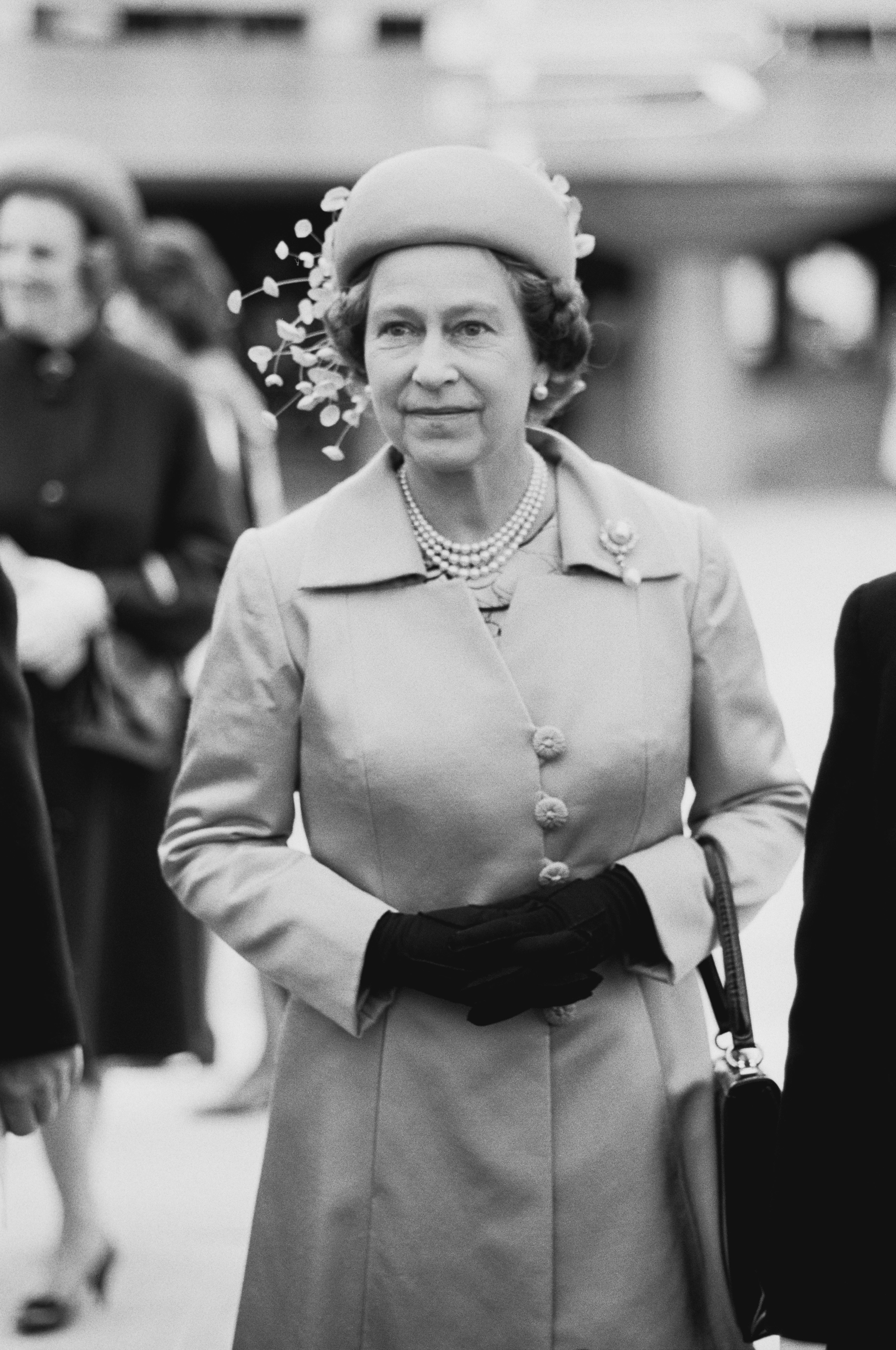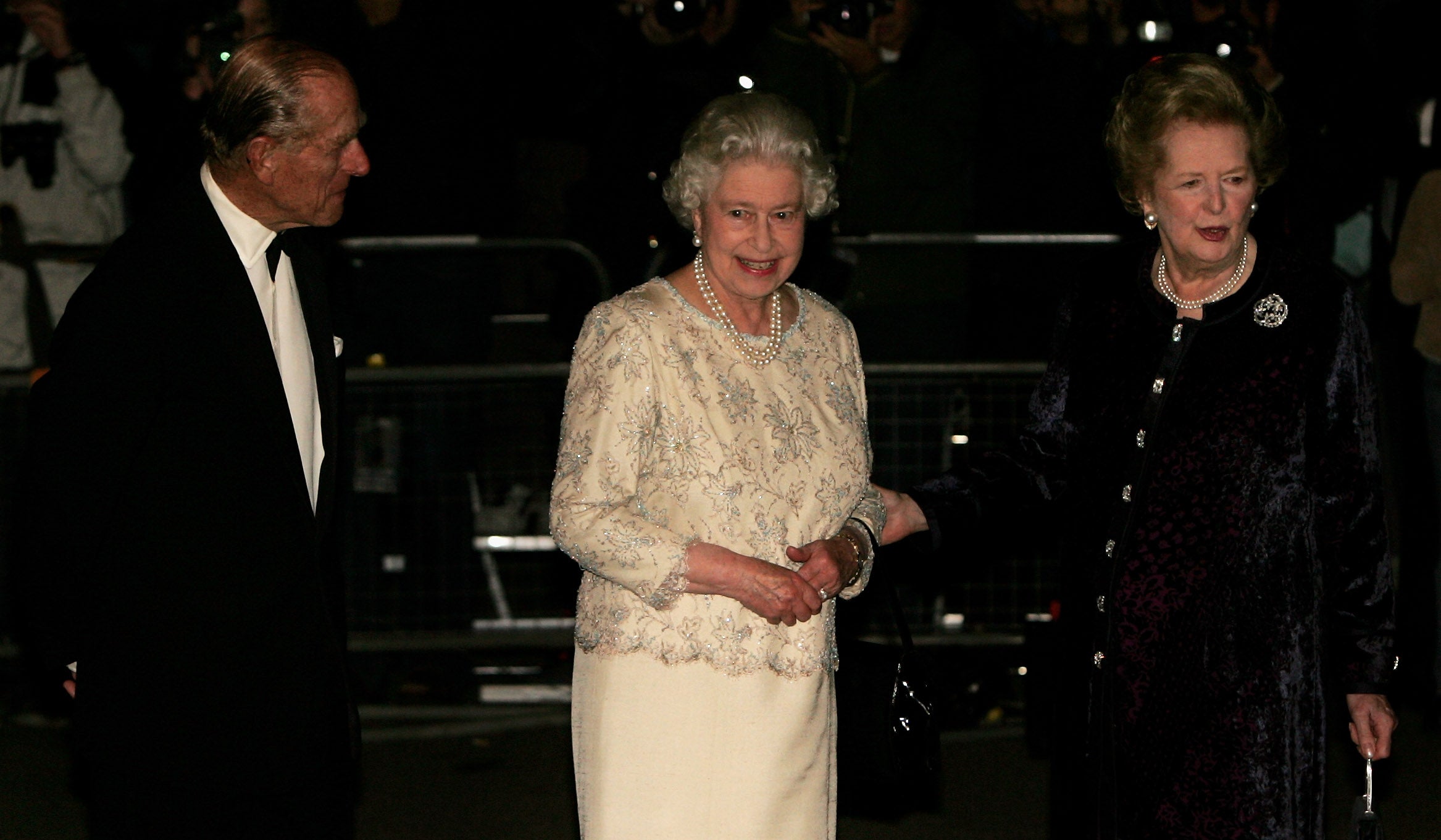Your support helps us to tell the story
From reproductive rights to climate change to Big Tech, The Independent is on the ground when the story is developing. Whether it's investigating the financials of Elon Musk's pro-Trump PAC or producing our latest documentary, 'The A Word', which shines a light on the American women fighting for reproductive rights, we know how important it is to parse out the facts from the messaging.
At such a critical moment in US history, we need reporters on the ground. Your donation allows us to keep sending journalists to speak to both sides of the story.
The Independent is trusted by Americans across the entire political spectrum. And unlike many other quality news outlets, we choose not to lock Americans out of our reporting and analysis with paywalls. We believe quality journalism should be available to everyone, paid for by those who can afford it.
Your support makes all the difference.The late Queen Elizabeth II was shocked after she saw police charging into picketing miners at the Battle of Orgreave, it has been revealed.
The incident, one of the most violent clashes in British industrial history, unfolded when 5,000 picketing miners clashed with thousands of police officers at a British Steel coking plant near Rotherham in 1984.
When picketers moved forward to stop the first convoy of lorries, the police force ordered a mounted charge against them. This resulted in an hours-long battle between picketers and officers, culminating in more than 90 arrests and multiple injuries among both picketers and police.
Julian Haviland, a former political editor of The Times, revealed the monarch’s reaction to footage of the violence, in an interview given before his death earlier this month.
Talking to Times Radio this summer, he said the Queen described the incident as “awful” and was appalled by the police response.
He said: “When the horses rode through some of the miners and knocked a few down, the Queen said words [to the effect of], ‘Oh, that’s awful! Oh, we shouldn’t do that!.
“And for the Queen to make a political comment like that was news.”
The Times reported that the journalist said he confirmed the Queen’s horrified reaction, but the story was dropped in order to protect his sources.
“It turned out there were only two other people in the room when she had said it,” he said. “She had said it – I got that absolutely confirmed.”
According to Haviland, the two people in the room with the Queen at the time were her private secretary, Robert Fellowes, and George Younger, secretary of state for Scotland.
The story was passed to Charles Douglas-Home, who was then-editor of The Times. He was also the nephew of former prime minister Sir Alec Douglas-Home, and cousin to Princess Diana.

He asked Haviland to verify the story but declined to write it himself. After confirming the details, Haviland raised the issue that it would incriminate the sources because there were only two other people who witnessed the Queen’s comments.
According to the newspaper, Douglas-Home decided to drop the story after being advised of this.
There has never been a formal inquiry into the alleged excessive police violence against miners at the Battle of Orgreave, despite calls for one over the years.
The Independent Police Complaints Commission reported in 2015 that it had found evidence of excessive police violence, as well as a false narrative peddled by the force that exaggerated violence by miners, among other allegations. However, it decided not to hold a full investigation due to the passage of time and lack of resources.
Haviland also said in the interview that former prime minister Margaret Thatcher was a prolific whisky drinker. He recalled sitting down with her in Downing Street and said: “After she finished she took an extremely large scotch. Margaret had quite a capacity.”

He added: “It was Tuesday at 5pm and her next engagement was her weekly audience with the Queen… The one person in the world of whom Margaret Thatcher was frightened was the Queen. That’s why she downed a lot.”
Haviland’s journalistic career spanned more than 60 years. He was the political editor of The Times from 1981 to 1986, but started out as a reporter for the Surrey Advertiser, before moving to South Africa to work at the Johannesburg Star until 1959.
He was also a reporter at The Daily Telegraph and the London Evening Standard. Haviland went on to join Independent Television News as a reporter, before becoming its political correspondent and then political editor.
He died on 11 August at the age of 93. He was married to Caroline Victoria Barbour since 1959 and is survived by his three children, Richard, Peter and Charles.




Join our commenting forum
Join thought-provoking conversations, follow other Independent readers and see their replies
Comments